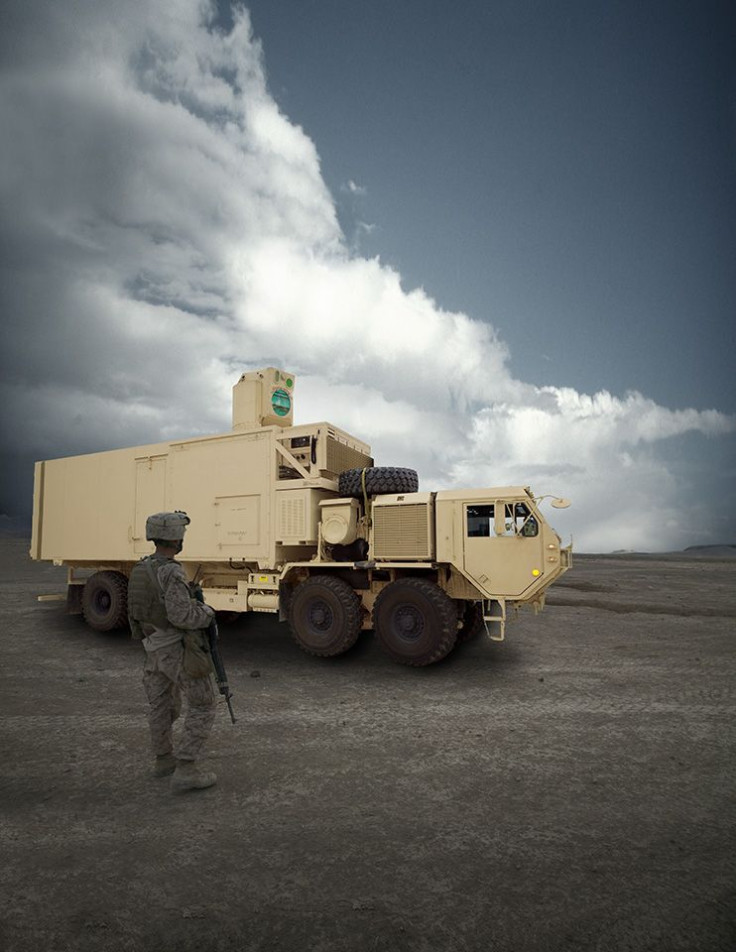Boeing's New Laser Weapon Targets 100+ UAVs And Engages Them All In Tests

KEY POINTS
- The CLWS engaged 100 plus targets in five different tests
- The system is silent, portable and reliable
- The entire system can fit in an area the size of a shipping container
Boeing is setting the benchmark in the field of defense against Unmanned Aerial Vehicles (UAVs) or drones. The company announced Tuesday that its Compact Laser Weapon System (CLWS) has continued to improve during testing. In a recent series of five tests conducted with members of the U.S. military, the system was able to track and fully engage over one hundred separate targets successfully. The consistent performance from the system showcases its readiness to be deployed for more combat testing.
According to a report by Defense Blog, the system is silent, portable and can be quickly deployed. These abilities make it a tremendous asset to the military, especially at a time when drones attacks started to increase. Contemporary defense systems can have great difficulty defending such attacks while technological advances got the military, and its defense contractors, scrambling for affordable and robust solutions.
No further details about the CLWS are made public but here is what we do know: The system fires a 2kw laser that can blind, disorient and even physically destroy targets. The CLWS does not fire a projectile of any nature giving it an unlimited supply of ammunition as long as the system is powered and not damaged. Lastly, the system is entirely silent, allowing it to operate without giving its position away.
We know that the command area and fire controls fit in an area roughly the size of a shipping container, along with the radar, sensors, power generator and cooling system. This makes it one of the most compact units available. The system can be configured for deployment on multiple platforms, from tripods to wheeled vehicles. The recent tests are in preparation for deployment with the U.S. Navy. However, the system has been deployed to Europe with the U.S. Army. It is operating while being mounted to Stryker vehicles.
Multiple companies, including Lockheed Martin and Raytheon, have developed systems such as this, as the race for the newest and best systems continues. At the moment, this is the smallest system available which makes it all the more impressive. A source working with the test told International Business Times that: "This system sets the standard for all others, while it is small and compact it is accurate, fast and silent. This system will save lives in the future."
© Copyright IBTimes 2024. All rights reserved.






















